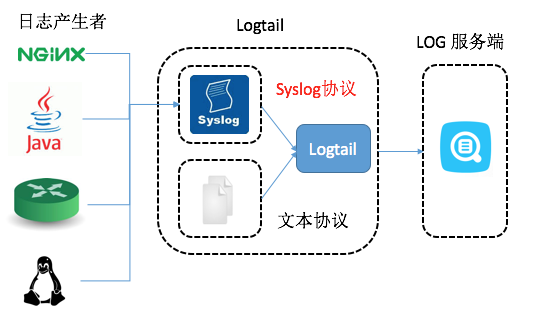

After they've been forwarded, Logstash is used to process them and turn them into an ElasticSearch cluster. Log aggregation is a vital component of proper log management, hence the two most significant aspects of the ELK stack for analysis are Logstash and Kibana.įilebeat, a mechanism for forwarding and centralizing logs, is commonly used in the ELK stack. It's similar to MongoDB in that it's relatively simple to set up because it doesn't have a schema.Īfter ElasticSearch, which was first released in 2010, teamed up with Logstash and Kibana, the stack was born. It has no schema and all data is saved in JSON documents. The logs are then sent to Kibana for visualization. They are placed in an ElasticSearch cluster after being delivered with Filebeat and processed with Logstash.

This tool's goal is to send logs to a certain server from a logs collector. In most circumstances, Filebeat is used by the ELK stack. It takes less than 5 minutes to complete the deployment process. Kibana is a graphical user interface for searching, analyzing, and visualizing massive amounts of complicated data in the Elasticsearch database.It comes with a large user community and a large number of plugins. Logstash is a tool that allows you to fetch data from and send it to a specific location.Elasticsearch is a highly scalable and powerful search engine that can store massive volumes of data and be utilized in a cluster.It makes use of the Query DSL, which is based on the Lucene search language.ĮLK acronym for Elasticsearch, Logstash, and Kibana: Elastic search supports full-text query search analysis. It's written in Java and serves as a wrapper for Apache Lucene. They're all open-source and created by the same team. This article focuses on the differences between Graylog and ELK, two log monitoring tools.ĮLK is made up of three different services. Powerful search capabilities, real-time dashboards, historical analytics, reports, alert notifications, thresholds and trigger alerts, measurements and metrics with graphs, application performance monitoring and profiling, and tracing events are some of the key features of log monitoring tools. Log analysis tools are gaining traction as a low-cost alternative for application and infrastructure monitoring.Īs the market for log monitoring and analysis tools has matured, a mix of commercial and open-source products is now available. Identifying intrusion attempts and misconfigurations, tracking application performance, improving customer satisfaction, strengthening security against cyberattacks, performing root cause analysis, and analyzing system behavior, performance, measures, and metrics based on logs analysis are all important for any IT operations team.Īccording to a Gartner report, the market for synthetic monitoring and APM solutions will reach $4.98 billion by 2019, with log monitoring and analytics becoming a de facto aspect of AIOps. As organizations face outages and various security threats, monitoring an entire application platform is critical to determine the source of the threat or the location of the outage, as well as to verify events, logs and traces to understand system behavior at the time and take proactive and corrective actions.


 0 kommentar(er)
0 kommentar(er)
